
Why Does Bourbon Whiskey Taste Better to Me?
Introduction
Bourbon whiskey is a beloved spirit. Its unique flavor profile attracts many enthusiasts. But why does bourbon taste better to some than others? Preferences can vary widely. Factors like personal experiences, cultural backgrounds, and even mood play a role in shaping our taste perceptions.
If you’re serious about tracking your bourbon journey, consider using a Bourbon Whiskey Tasting Journal. Documenting your tasting experiences will not only enhance your appreciation but also help you refine your palate over time. Plus, it’s a great way to remember which bourbons to buy again!
Overview of Bourbon Whiskey Taste
Bourbon generally offers a delightful mix of flavors. You can expect sweetness, spice, and a hint of smokiness. The sweetness primarily comes from the corn in its mash bill, while rye adds complexity and spice. Each bourbon has its own unique flavor notes, influenced by ingredients and production methods.
Taste is subjective, meaning we all interpret flavors differently. The bourbon production process, from fermentation to aging, greatly affects taste. For example, the charred oak barrels impart rich caramel and vanilla notes. As you sample more bourbons, you’ll discover a wide range of flavors waiting to be appreciated.
To truly enjoy these flavors, consider investing in Glencairn Whiskey Glasses. These specially designed glasses allow the aromas to concentrate, giving you an enhanced tasting experience. You’ll feel like a true connoisseur as you swirl and sniff your bourbon!
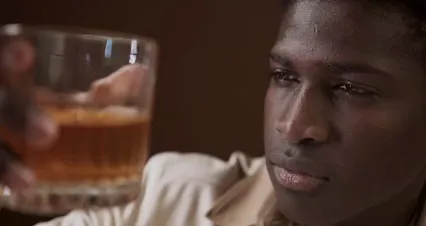
Factors Influencing Bourbon Flavor Perception
The Role of Grains in Bourbon
Bourbon’s taste largely depends on its grain composition. The main ingredient is corn, which typically makes up at least 51% of the mash bill. Corn brings sweetness and hints of vanilla. This sugary profile is often what draws many drinkers to bourbon.
Rye, another crucial grain, adds spice and complexity. A higher rye content can introduce flavors like pepper and baking spices. This distinctive kick is why some bourbons feel more robust and lively.
Wheat also plays a role in some bourbons. When included, it softens the overall flavor, leading to a smoother, creamier mouthfeel. This can make the bourbon feel more approachable, especially for those new to whiskey. Each unique mash bill creates a different tasting experience, showcasing the versatility of this beloved spirit.
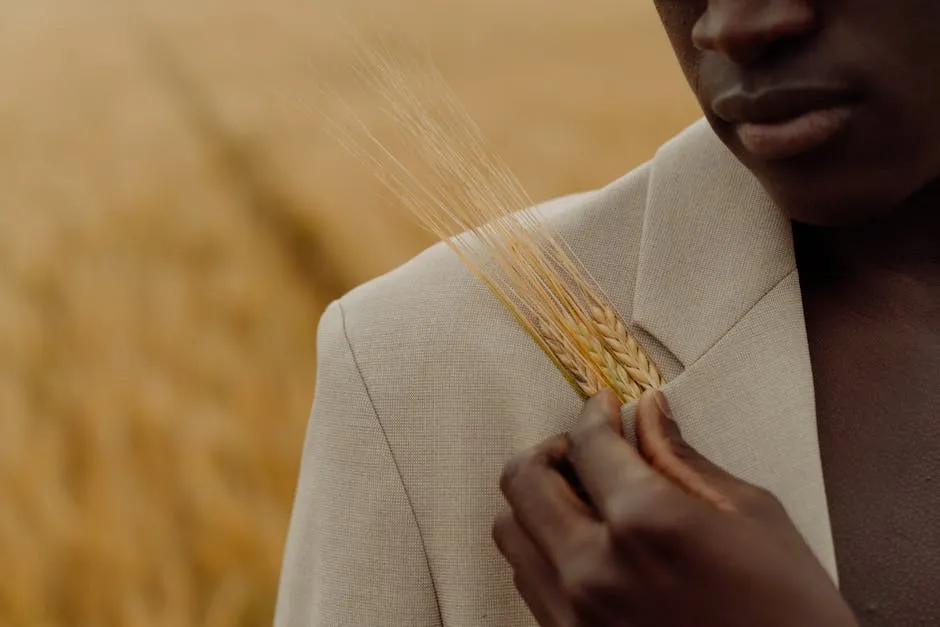
The Importance of Aging and Barrel Influence
Bourbon undergoes significant transformation during its aging process in charred oak barrels. The interaction between the spirit and wood is crucial. As bourbon ages, it absorbs flavors from the wood, leading to notes of vanilla, caramel, and even chocolate. These flavors develop over time due to the caramelized sugars in the charred interior.
Climate also affects aging. In warmer conditions, the spirit expands into the wood, extracting more flavor. Conversely, cooler climates slow this process, leading to subtler flavors.
Moreover, each barrel is unique. Variability in wood grain, char level, and even previous contents can lead to different flavor profiles. Thus, two bourbons from the same distillery can taste remarkably different. The art of maturation is as important as the ingredients used, making the bourbon experience truly unique.
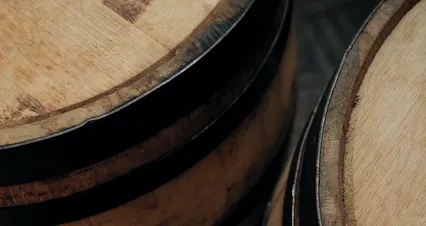
Environmental and Situational Factors
External Influences on Taste
Have you ever noticed how bourbon tastes different depending on where you are? Your surroundings, mood, and even the people you’re with can change your bourbon experience. Eating flavorful foods before sipping can alter your palate. For example, spicy or salty meals might overwhelm subtle bourbon notes.
Atmospheric conditions also play a role. A warm, cozy bar can enhance the sweetness of bourbon, while a stuffy room can dull your senses. It’s fascinating how sensory perception shifts based on your environment.
Ever heard of palate fatigue? It occurs when your taste buds become desensitized after tasting similar flavors repeatedly. Taking breaks between tastings can refresh your palate, allowing you to appreciate each bourbon’s nuances. So, next time you pour a glass, consider how your setting influences that delightful sip.
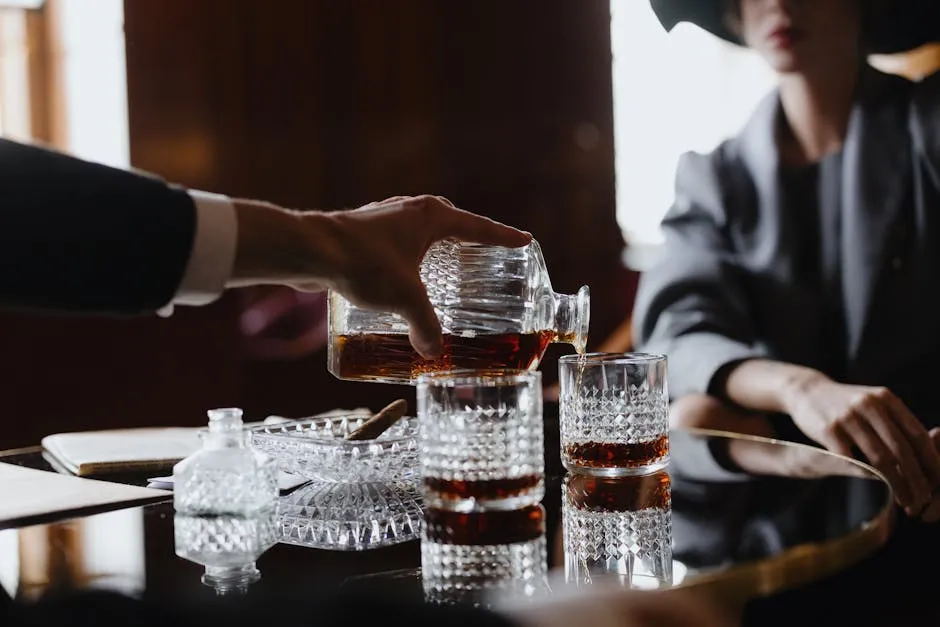
Personal Preferences and Taste Development
Your bourbon preferences are shaped by your personal experiences. Remember that first sip? That memory lingers and influences future choices. Acquired taste plays a significant role in how we enjoy bourbon. As you try different brands and styles, your palate evolves.
Exploring various bourbons is essential for developing your taste. Each bottle offers unique notes, from caramel to spice. Cultural and social contexts also impact preferences. Sharing bourbon with friends can enhance enjoyment and create lasting memories.
Training your palate is an exciting journey. With each tasting, you refine your ability to identify flavors. Consider keeping a Tasting Notes Notebook to track your favorites and insights. By actively engaging with bourbon, you’ll find a richer appreciation for this beloved spirit.

Tips for Enhancing Bourbon Tasting Experience
Practical Tips for Enjoying Bourbon
If you want to elevate your bourbon tasting experience, consider these tips. First, choose the right glass. A tulip-shaped whiskey glass allows aromas to concentrate, enhancing your sip. Enjoy your bourbon at room temperature. Cold temperatures can mute flavors, so let it breathe a bit.
Next, think about dilution. Adding a few drops of water can reveal hidden flavors. Water opens up the whiskey, making it smoother and more aromatic. For those who prefer ice, avoid large cubes. They can chill the drink too quickly, dulling the taste. Instead, try Whiskey Stones – Set of 8 that keep your drink cool without excessive dilution.
Also, don’t forget to cleanse your palate. Consider mild snacks like bread or plain crackers before tasting. This way, your taste buds stay fresh, ready to appreciate each unique flavor in your bourbon. These simple adjustments can significantly enhance your enjoyment of this classic spirit.
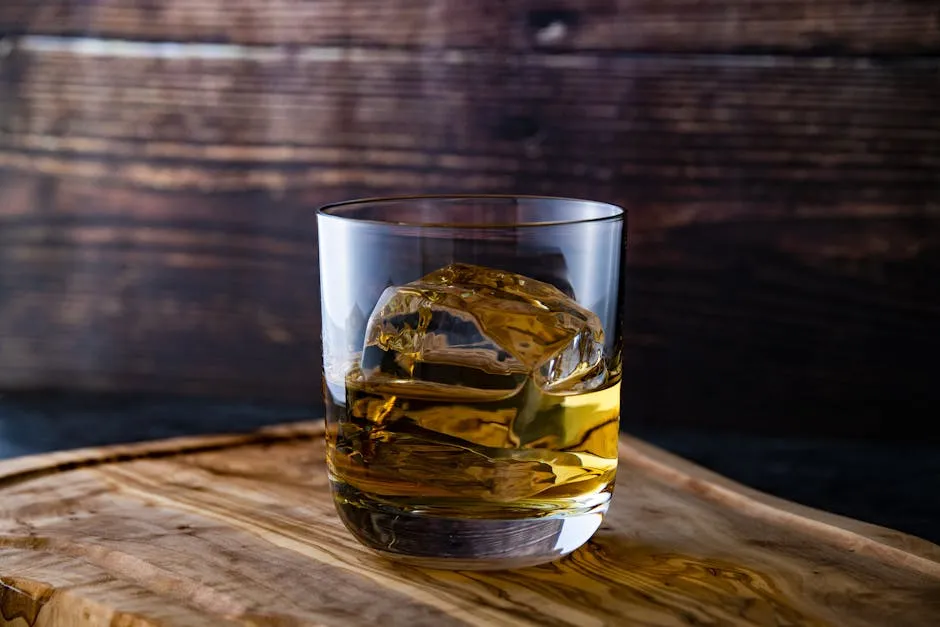
Conclusion
In summary, your bourbon journey is uniquely yours. Personal taste is shaped by experiences, preferences, and surroundings. Each sip offers a chance to explore new flavors and insights. Embrace your journey and experiment with different bourbons. Find what resonates with you. Cheers to discovering your favorite!

FAQs
What makes bourbon taste different from other whiskeys?
Bourbon stands out due to its unique ingredients and production methods. The primary grain used is corn, making up at least 51% of the mash bill. This contributes to its signature sweetness. Other whiskeys, like rye, often feature a higher proportion of rye, resulting in a spicier profile. Additionally, bourbon must be aged in new charred oak barrels, which imparts rich flavors of vanilla and caramel. This aging process differs from many other whiskeys, affecting the overall taste.
How can I improve my bourbon tasting skills?
Improving your bourbon tasting skills is a fun journey. Start by tasting different bourbons side by side. This helps you recognize unique flavors. Keep a tasting journal to note your impressions and preferences. Experiment with different glassware, as it can alter aroma perception. Don’t hesitate to ask for recommendations from friends or experts; their insights can guide you. Lastly, practice regularly to refine your palate and develop your tasting language.
Why does my favorite bourbon sometimes taste different?
Your favorite bourbon may taste different due to several factors. Environmental influences, like temperature and air quality, can affect flavor perception. What you ate before tasting also plays a role; spicy or sweet meals can overwhelm your palate. Additionally, palate fatigue can occur if you taste similar flavors repeatedly. Taking breaks between tastings helps refresh your senses. These variations are normal and part of the bourbon experience.
How do food pairings affect bourbon taste?
Food pairings can significantly enhance or clash with bourbon flavors. Sweet foods like chocolate can amplify bourbon’s caramel notes, creating a delightful harmony. Conversely, spicy dishes might overpower subtle bourbon characteristics. It’s essential to choose complementary flavors. For example, nuts or cheese can provide a nice balance while cleansing the palate. Experimenting with different pairings can elevate your overall tasting experience.
Can adding water really improve my bourbon tasting experience?
Yes, adding water can enhance your bourbon experience. When you dilute bourbon, it opens up the flavor profile, making it smoother and more aromatic. This happens because water helps release volatile compounds, like guaiacol, which contribute to the aroma. Start with a few drops and gradually adjust to find your ideal balance. However, be cautious not to over-dilute, as it can mute the flavors. Enjoy experimenting to discover what works best for you!
Understanding how environmental factors influence your bourbon experience is crucial for appreciating its complexities.
For a truly immersive experience, consider pairing your bourbon with a Charcuterie Board Set. A well-prepared board can complement the flavors in your bourbon while providing a feast for the eyes. Plus, it makes for a great social experience!
Please let us know what you think about our content by leaving a comment down below!
Thank you for reading till here 🙂
All images from Pexels




